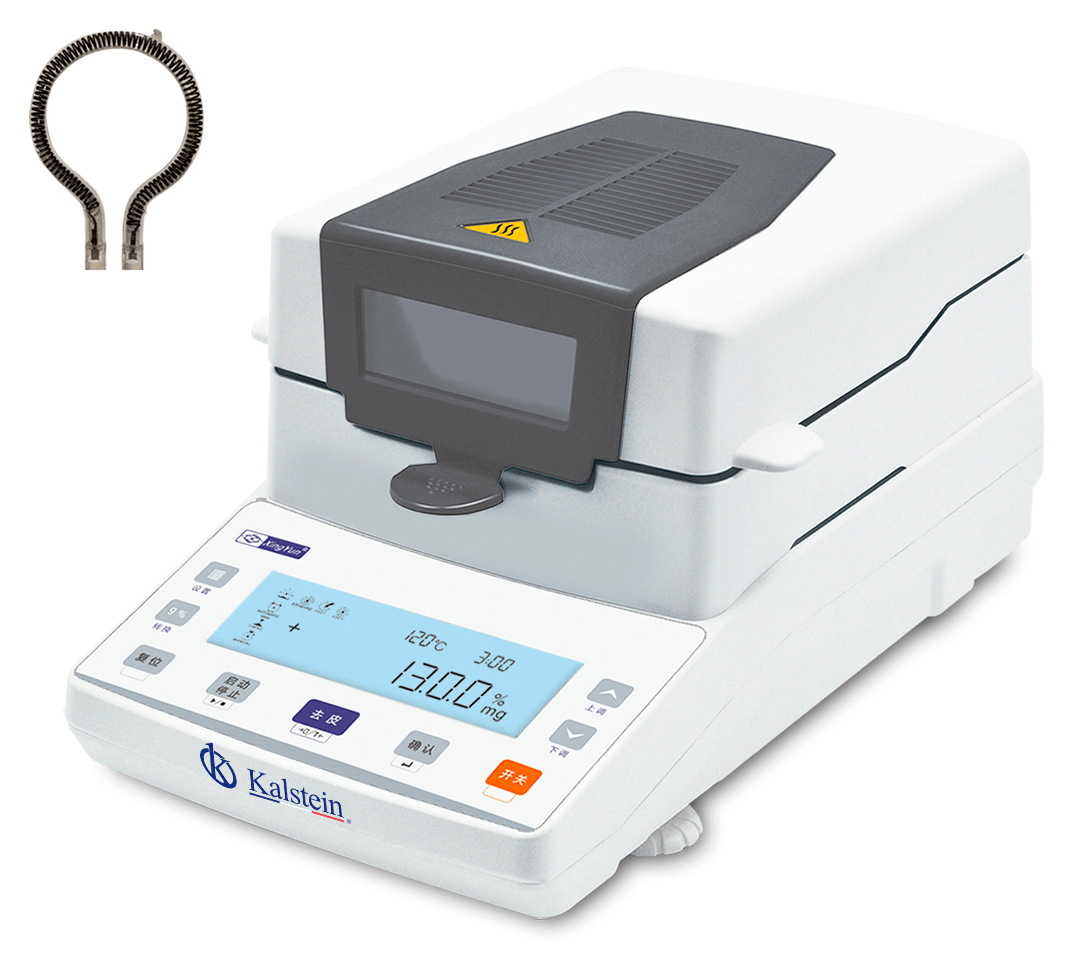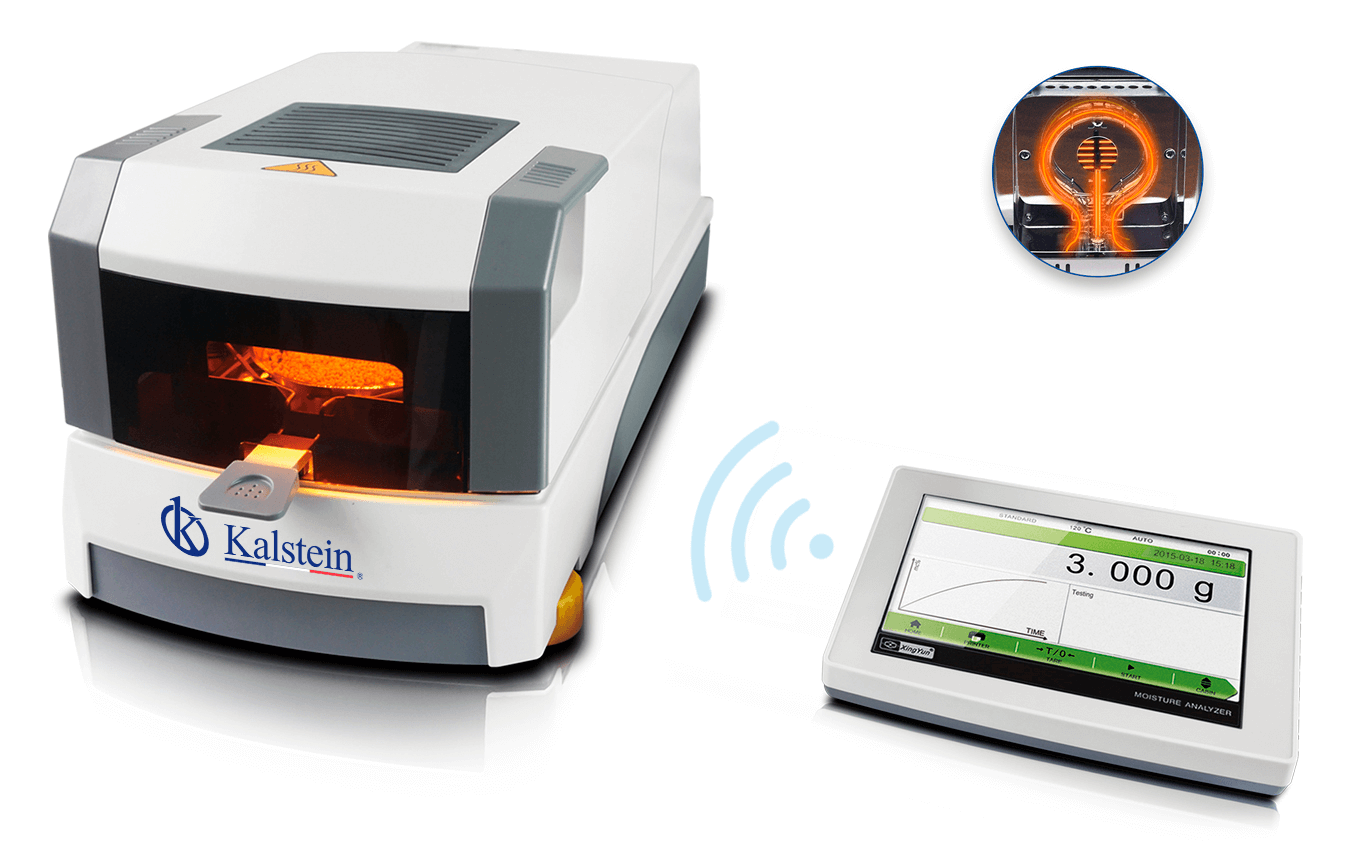Laboratory homogenizers are very useful equipment because they allow to carry out the process of homogenization of different types of materials, such as tissues, food, plants and other biological or chemical elements. Nowadays there are different models of laboratory homogenizers on the market, each with specific functions and applications.
The main function of any homogenizer is to mix an experimental sample with the solution or solvent to achieve the solution required for a test or experiment. But homogenizers used in the laboratory are classified differently. Traditional laboratory homogenizers generally use fluidized bed, rotor-stator and ultrasonic homogenizers.
What is a laboratory homogenizer used for?
Homogenizers are common in clinical and research laboratories. In cell culture and microbiology laboratories, they are often used to suspend cells. In a clinical laboratory, it can be used to mix the reagents of a trial or to mix an experimental sample and a diluent.
Laboratory homogenizers are used to ensure that all components of the prepared suspensions have the same characteristics. They are also used to mix gently and achieve a fast and accurate resuspension of cells and chemical and biological fluid components in tubes. Because homogenization is a key process in the preparation of samples of biological origin, prior to analysis of nucleic acids, proteins, cellular studies, metabolism, and pathogens. Homogenizers are of vital importance and of great use in most food and beverage, cosmetics, science and technology industries, as well as in many other industries where the manufacturing process must be combined and emulsified.
Fluidized bed homogenizer
This type of homogenizer works with a process in which an upstream stream of fluid that can be liquid, gas or both, suspends the solid particles; which behave like a fluid. This homogenizer is commonly found in models of large sizes, which often represents a disadvantage for laboratories, since in these the space is always limited.
Fluidized bed technology is a fundamental technology. These kits are useful in the food, dairy, chemical and pharmaceutical industries. They are used in the drying or cooling of particles (powders, agglomerates or pills) and in the production of agglomerates and granules from fine powders. Fluidized bed is designed for products that float on an air or gas mattress. The air is supplied by a special perforated distribution plate and flows through the solid bed at a speed sufficient to support the weight of the particles in the fluidized state. The formation of bubbles and their collapse inside the fluidized material bed favors an intense movement of the particles. In this state, solids behave like boiling liquids that flow freely.
Rotor-stator homogenizer
A rotor-stator homogenizer is a device that has a system designed to achieve optimal homogenization due to a rotor with blade blades that rotates in a steady state at high speed having holes, where the fluid moves. It also allows in many cases multi-phase configurations of rotors and stators and special ultra-thin meshes that provide high intense shear, further reducing homogenization times by reducing the number of required recirculation steps.
It usually consists of a rotating-cutter turbine and a high-speed rotor/stator. The head of the rotor-stator is placed in the lower center of the mixing vessel to allow its use with very small volumes of material. During the operation of this type of homogenizers the rotated external turbine is mixed to the right and moves the materials from the container wall and up. The inner sheets rotate to the left and move the material down and into the high speed homogenizing head. They are manufactured in many sizes from 10 with 4000 liters capacity. They have great applicability in the pharmaceutical and cosmetic industries to mix viscous materials, being a very useful equipment to homogenize, emulsify, dispersion and particle size reduction. Among its main uses are antacids, biopolymers, collagen solutions, dental compounds, gelatin compounds and gels.
Ultrasonic homogenizer
Ultrasonic homogenizers are very useful tools for mixing and homogenizing solid-liquid and liquid-liquid suspensions. Through ultrasonic homogenization it is possible to reduce particles in a liquid so that they become uniformly small and evenly distributed, through a mechanical process in which particles in a liquid are reduced, with the aim of obtaining uniformity in their size and distribution (improving the stability of the product).
These types of homogenizers are found for both laboratories and industrial scale, they come in various sizes to suit your need. Among its main applications are in the fields of biology, chemistry, environment, analysis laboratories and research. This equipment allows the disintegration of biological cells and tissues for the extraction of proteins, DNA, RNA.
What does Kalstein offer you?
Kalstein is a manufacturer of medical and laboratory equipment of the highest quality and the best technology at the best PRICES in the market, so you can make your PURCHASE confidently with us, knowing that you have the service and advice of a company specialized in the field and committed to provide you with safe, economical and effective options to perform your functions in the right way.
This time we present our Ultrasonic Homogenizer YR05015 // YR05020. This innovative equipment with cutting edge technology has the following features:
- Single chip technology + 4.3 inch TFT capacitive touch screen (optional 7 inch), optional computer communication or data printing.
- PID control, ultrasonic time, power can be set from 1% to 100%.
For more information we invite you to take a look at: HERE



